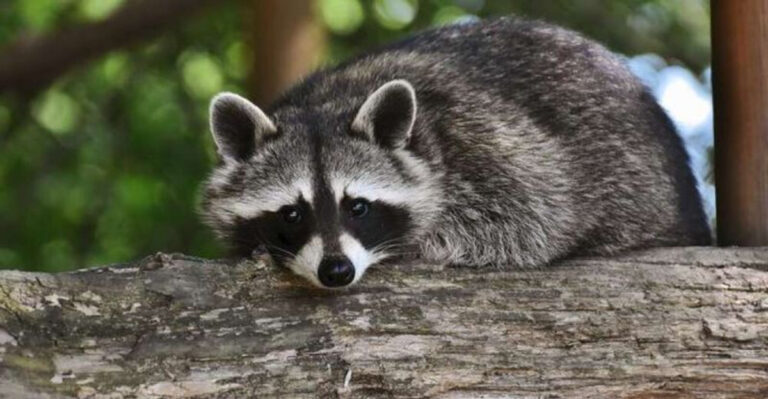12 Threatened Species That Have Made A Remarkable Comeback In America
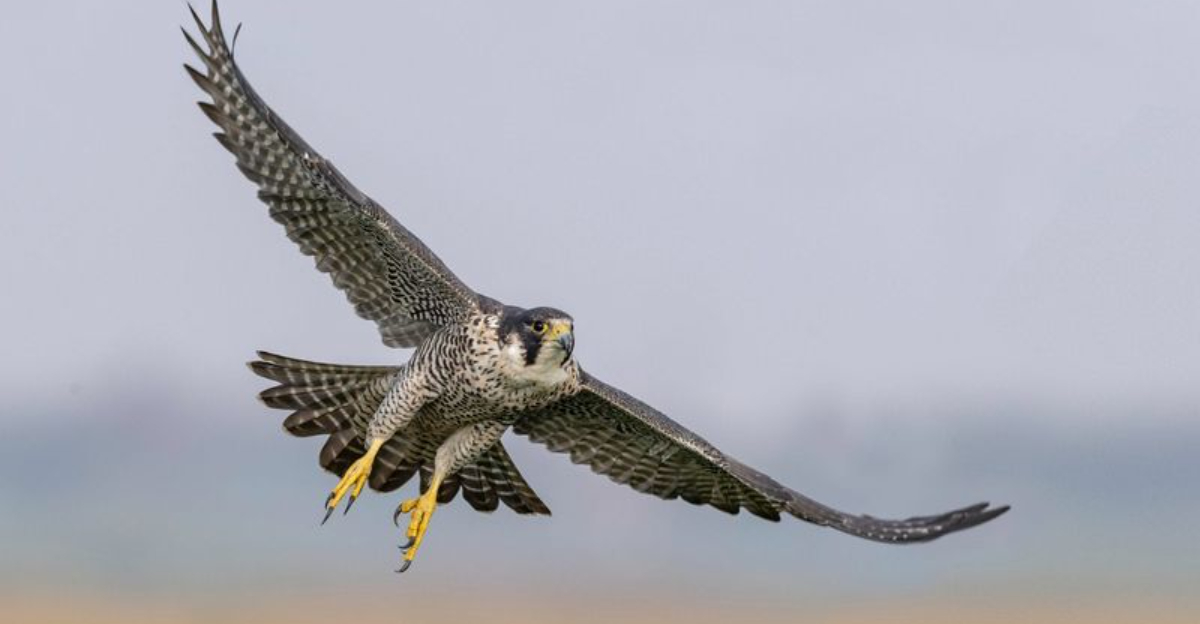
When animals face extinction, it takes tremendous effort to bring them back from the brink.
Across America, conservation efforts have helped numerous species rebound from dangerously low numbers. These comeback stories show what’s possible when we commit to protecting wildlife and their habitats.
1. Bald Eagle
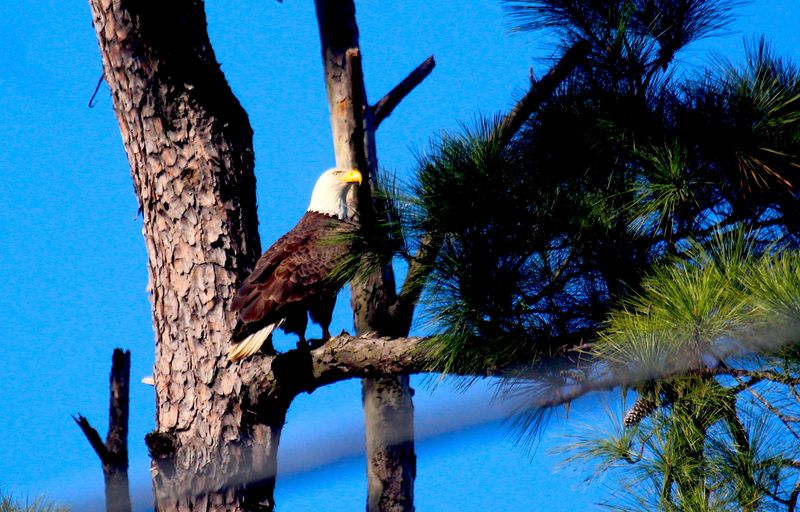
America’s national symbol nearly disappeared forever. DDT pesticides caused catastrophic breeding failures, thinning eggshells until they broke under the weight of nesting parents.
Dedicated conservation efforts following the 1972 DDT ban allowed populations to recover spectacularly. From fewer than 500 breeding pairs in the 1960s to over 71,400 today, these majestic birds now soar across American skies once again.
2. American Alligator
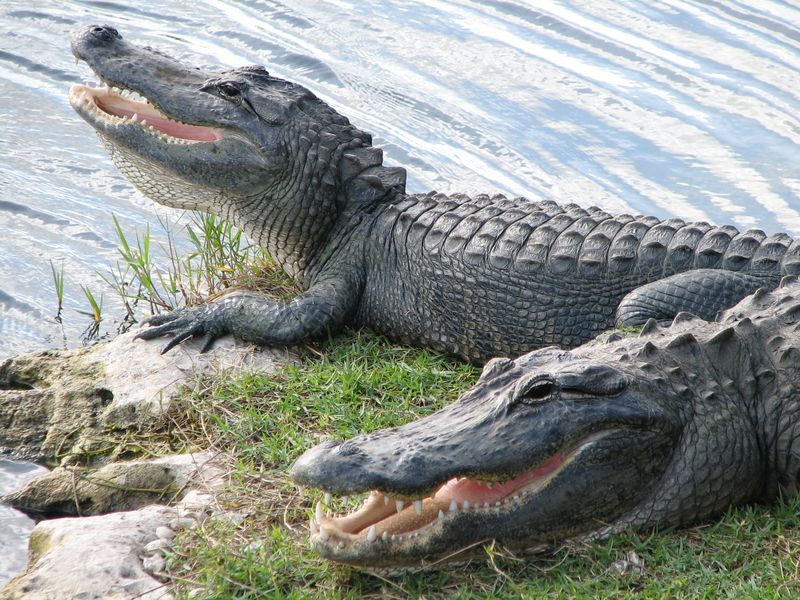
Leather hunters nearly wiped these prehistoric reptiles off the map. By the 1960s, alligator populations had plummeted to dangerous lows across their southeastern wetland habitats. Protected status changed everything.
Hunting regulations, habitat preservation, and captive breeding programs fueled an astonishing comeback. Today, approximately 5 million alligators patrol the waters and marshes where they once faced extinction.
3. Gray Wolf
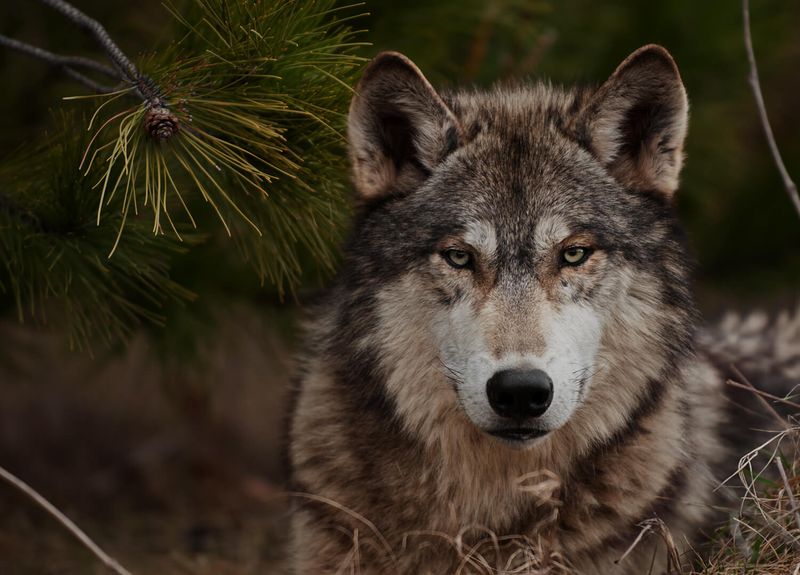
Feared and hunted relentlessly, gray wolves vanished from most American landscapes by the mid-1900s. Systematic extermination campaigns left vast territories wolfless for generations. The tide turned with reintroduction efforts in Yellowstone and Idaho during the 1990s.
Packs have since expanded naturally, with over 6,000 wolves now roaming the western Great Lakes, Northern Rockies, and Pacific Northwest, restoring natural balance to these ecosystems.
4. California Condor
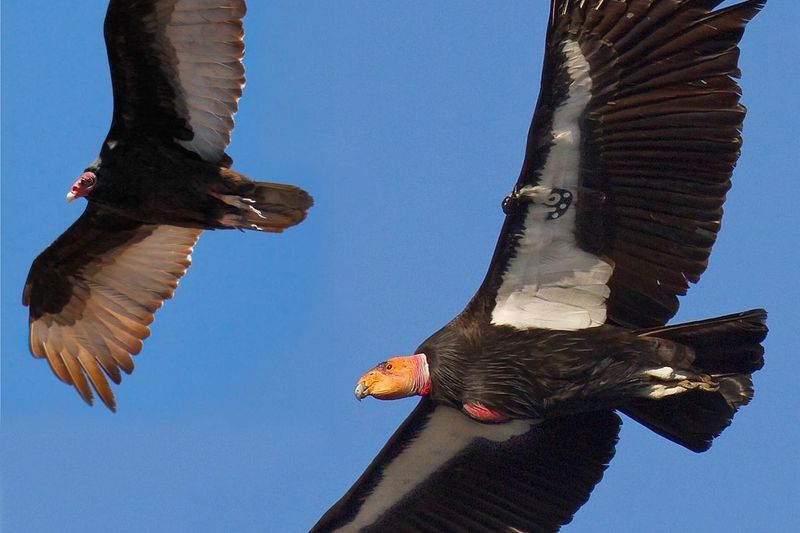
North America’s largest bird hovered at extinction’s edge with just 27 individuals remaining in 1987. Lead poisoning, habitat loss, and power line collisions devastated their population.
Wildlife biologists took drastic action, capturing every remaining wild condor for an intensive breeding program.
This last-chance effort worked miraculously. Over 500 condors now exist, with wild-hatched chicks representing hope for this magnificent scavenger’s future.
5. Black-Footed Ferret
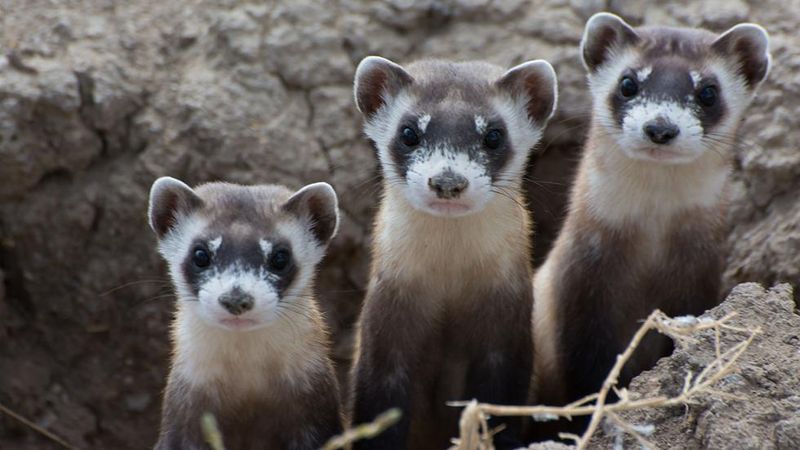
Once declared extinct, these masked prairie hunters got a second chance when a ranch dog named Shep discovered a small colony in 1981. Scientists quickly established a captive breeding program with the last 18 ferrets.
Against overwhelming odds, the program succeeded. Today, over 300 black-footed ferrets live in the wild across multiple reintroduction sites.
Though still endangered, their resurrection from presumed extinction stands as a conservation miracle.
6. Grizzly Bear
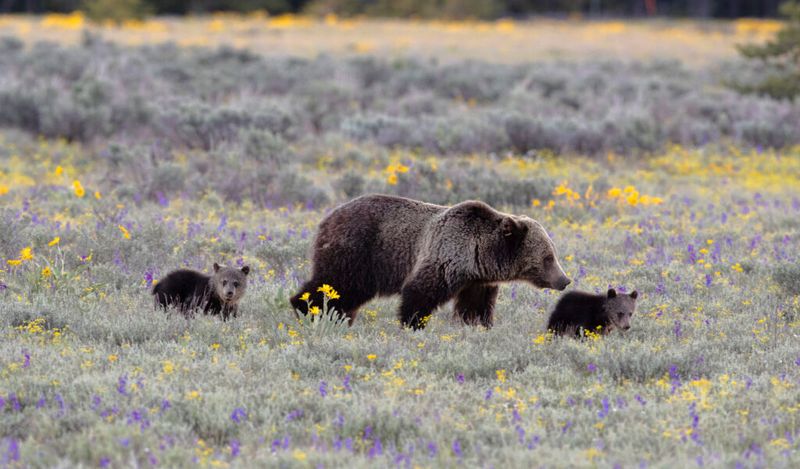
These massive icons of wilderness were hunted to near-extinction across the Lower 48 states. By the 1970s, fewer than 250 grizzlies remained in the Greater Yellowstone Ecosystem.
Decades of protection allowed these magnificent bears to reclaim lost territory. Today, over 1,000 grizzlies roam the Northern Rockies.
Their recovery, while still fragile, demonstrates how even large predators can rebound with adequate habitat and protection.
7. Kirtland’s Warbler
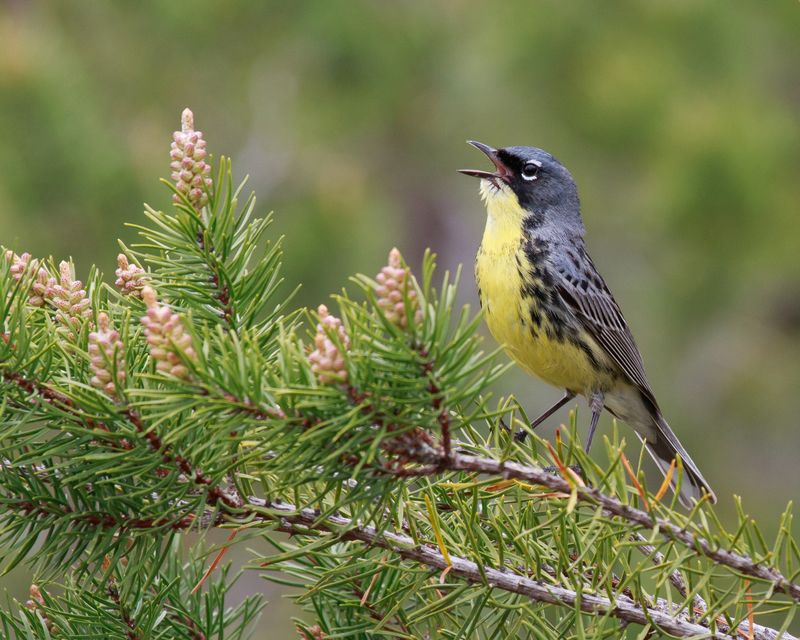
This songbird’s extreme habitat specificity nearly spelled its doom. Kirtland’s warblers nest only in young jack pine forests of a certain age and density, primarily in Michigan.
Conservationists pioneered controlled burns to create ideal nesting conditions while controlling brown-headed cowbirds that parasitize warbler nests.
These targeted efforts transformed their fate, increasing populations from fewer than 1,000 pairs to over 2,000 today.
8. Peregrine Falcon
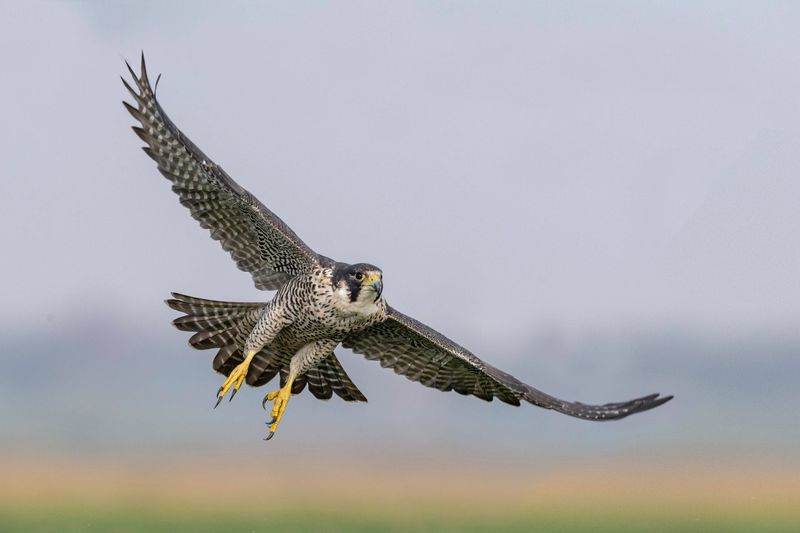
Earth’s fastest animal nearly vanished from American skies due to DDT contamination. The pesticide caused catastrophic eggshell thinning, preventing successful reproduction across the species’ range.
An ambitious recovery program combined captive breeding with innovative urban releases. Falcons adapted surprisingly well to city life, nesting on skyscrapers and bridges.
From near-extinction, over 2,000 breeding pairs now demonstrate this remarkable raptor’s resilience.
9. Wood Stork
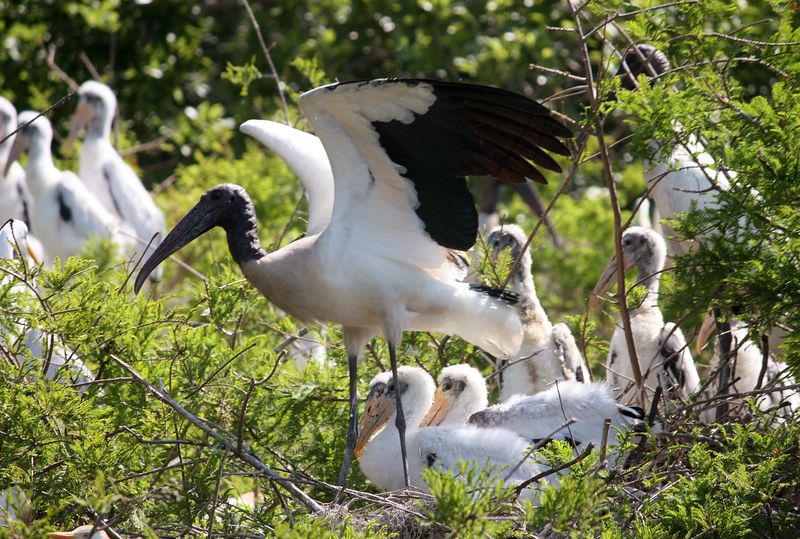
These prehistoric-looking wading birds faced disaster as Florida’s wetlands were drained for development. Their specialized feeding technique requires specific water conditions that were disappearing rapidly.
Wetland restoration efforts across the Southeast created new feeding grounds. From a concerning low of 5,000 breeding pairs in 1984, wood stork numbers have doubled to over 10,000 pairs.
Their recovery proves effective habitat management can reverse even severe population declines.
10. Red-Cockaded Woodpecker
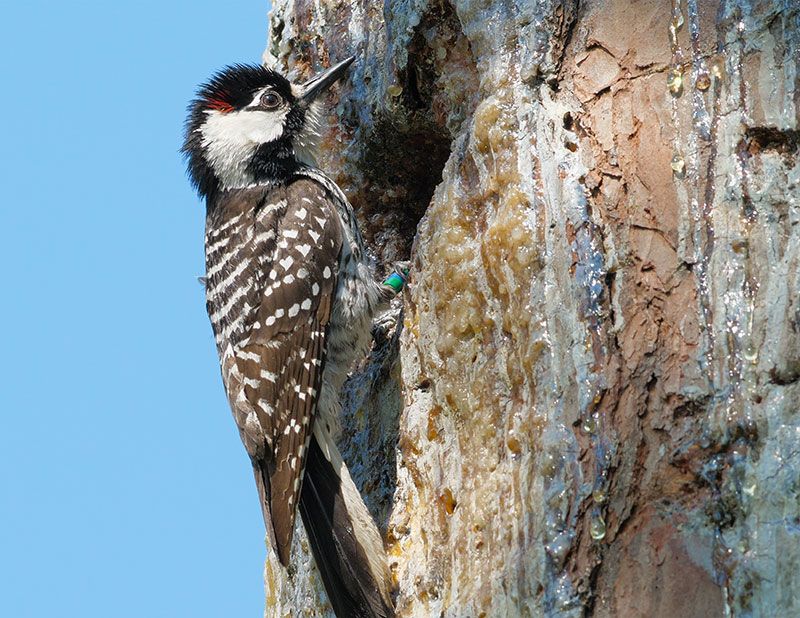
These unique woodpeckers faced a housing crisis when old-growth longleaf pine forests disappeared across the South. Unlike other woodpeckers, they excavate nests only in living trees with heart rot, a process taking years.
Conservation teams developed artificial cavity techniques, drilling starter holes in suitable trees. This innovation, combined with prescribed burns to maintain habitat, helped populations rebound from fewer than 1,500 nesting pairs to over 7,800 today.
11. Desert Bighorn Sheep
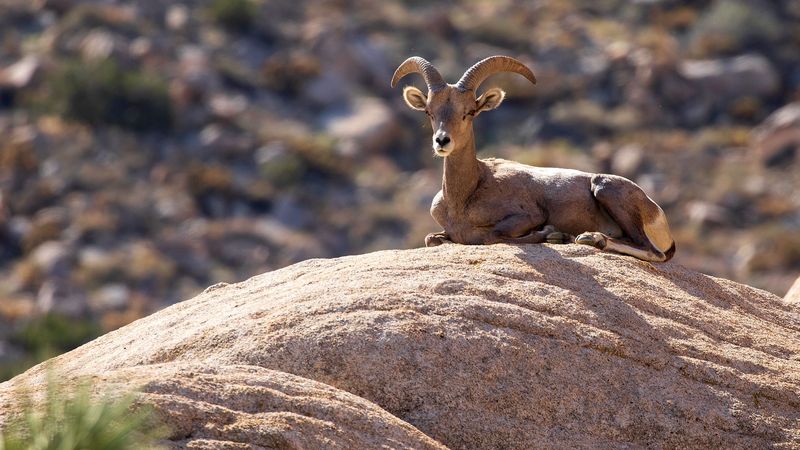
These magnificent climbers were decimated by hunting, disease from domestic livestock, and habitat fragmentation. Entire populations vanished from mountain ranges they had inhabited for millennia.
Reintroduction efforts using helicopter translocations have established new herds across their historic range.
Water development projects in arid landscapes provide crucial drinking sources. From just 13,000 in the 1800s to stable populations today, their recovery continues in remote desert mountains.
12. Razorback Sucker
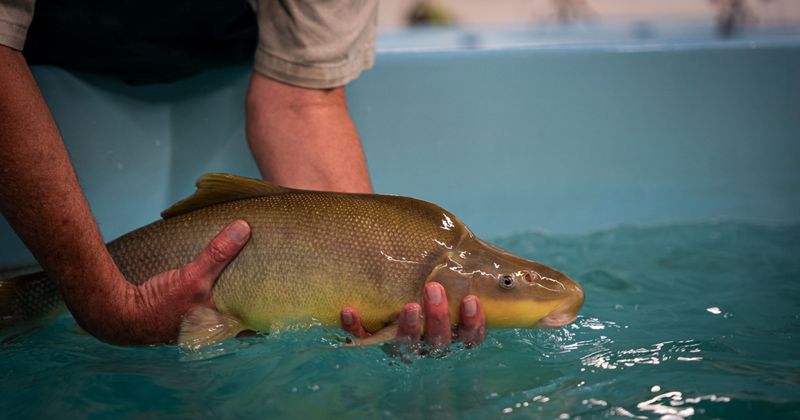
This ancient fish, recognizable by its distinctive humped back, swam Colorado River waters for millions of years before nearly disappearing forever. Dam construction, water diversion, and invasive species pushed it to the brink.
Hatchery programs and habitat restoration efforts created sanctuaries for these endangered swimmers. After decades presumed extinct in many areas, razorback suckers now spawn naturally in the Grand Canyon and Lake Mohave, writing a new chapter in their remarkable 4-million-year history.





